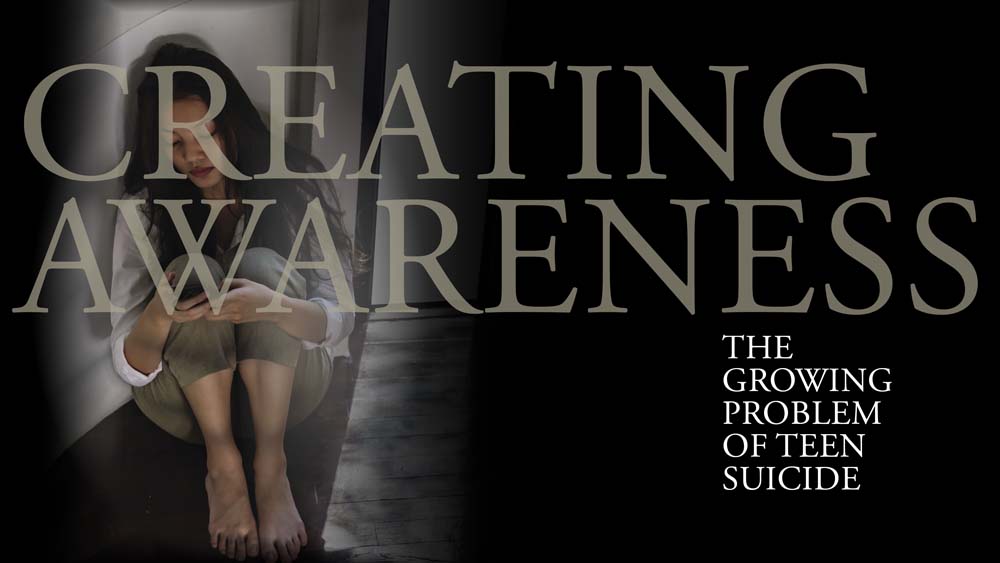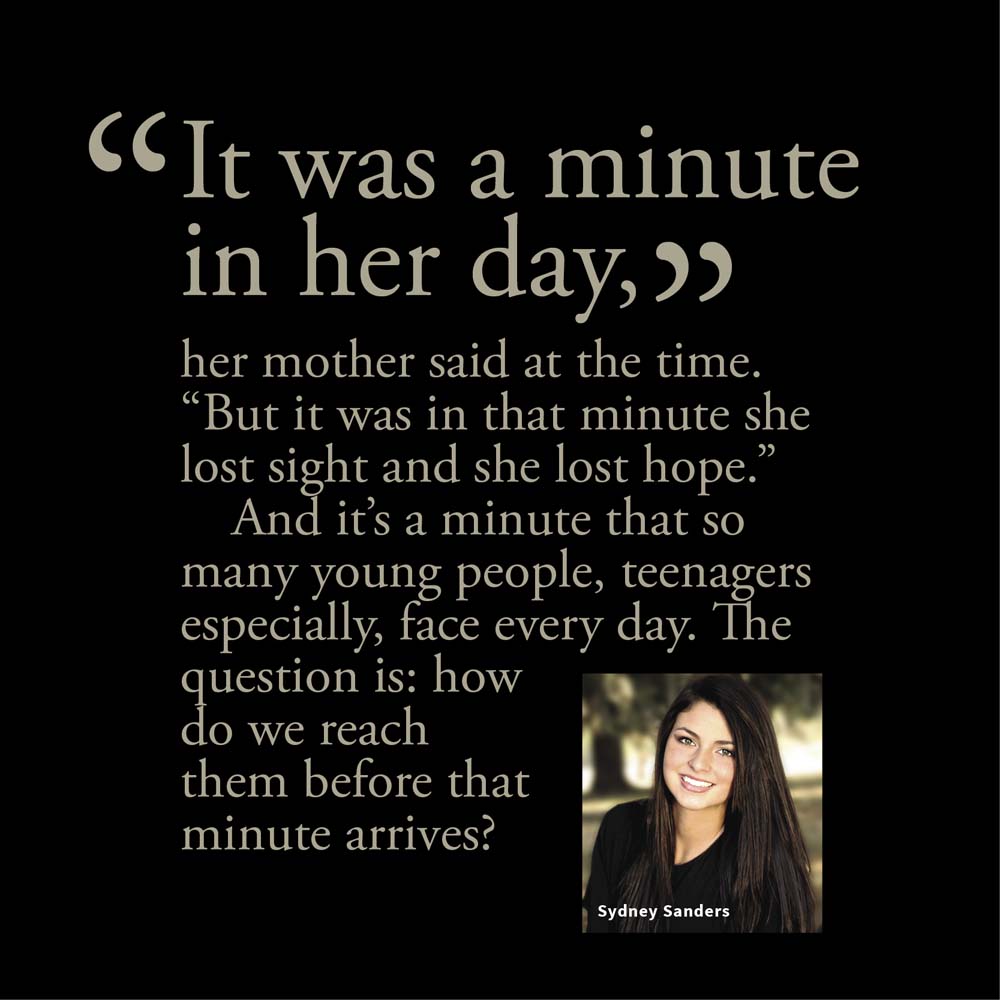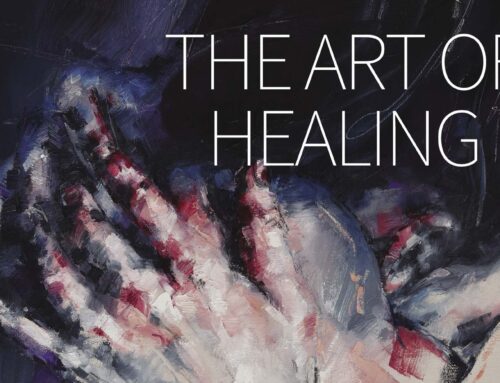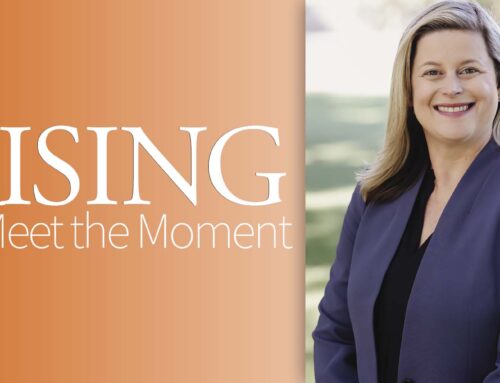
Creating Awareness
The Growing Problem of Teen Suicide
WORDS BY BEN MERRILL

It was a cool, early April afternoon. A gentle breeze filled the bedroom where Sydney Sanders was relaxing, reading her Bible. She had just spoken with her mom who was on her way home from work. It had been a challenging winter for Sydney—stuff had gone down at school—but the former 8th grade homecoming queen was beginning to feel a little better every day. Softball season was about to begin; she had dear friends who cared about her; and she had every reason to feel positive about the months and even the years ahead. But by the time her mother walked through the door less than an hour later, Sydney Sanders had taken her life.
Young people across the United States are struggling, and according to the Centers for Disease Control, it’s a problem that’s been slowly getting worse. Between 2007 and 2018, the number of young people (age 10-24) taking their own lives has increased by 60 percent. And not just in cities far away or in rust-belt towns with high crime and unemployment, but all across the country, including right here in Richmond Hill.
“Today’s teenagers are dealing with a kind of stress that most of their parents never had to face,” says Richmond Hill High School Principal C. Bivens Miller. “Whether it’s texts, snapchat, instagram…these kids are getting pinged 24 hours a day, 7 days a week. And the stress of wondering ‘are they talking about me?’ can really begin to weigh them down. In my day, we passed notes. We didn’t worry about how many ‘likes’ our note might get. Today’s note-passing—posting—happens every minute of every hour, day and night. There’s no let up. And many of these kids feel like they have to stay connected because if they don’t, they may be the ones who get posted about.”
There are other stressors as well, Principal Miller noted, and certainly no shortage of them this past year.
“Between the racial tensions we’ve watched unfold across the country, the vitriolic presidential election rhetoric, and a worldwide pandemic,” he says, “kids are really stretched to their breaking point. It’s a lot to process for people who, for all intents and purposes, are still children.”
But the problems, he noted, go back further than 2020. “For quite a while now,” Miller says, “there’s been a steady increase in students requiring additional support, both mental and emotional, and we need to ask ourselves why that is.”
“We try very hard to watch for any number of red flags,” Miller says, “because cries for help come in many different forms, whether it’s a change in attitude towards teachers or peers, less participation in class, maybe a different set of friends. We don’t just assume everything is okay. Plus, you can’t always see what’s going on inside of a kid who’s struggling. They can be smiling, laughing, interacting with friends; doing great on the outside. But in those quiet moments when they’re alone, that embarrassing photo, that unkind name, those howls of laughter—they can’t get over it. And in those dangerous few minutes, anything can happen.”
“In times like these,” he says, “we need to pay close attention to what our kids are doing and telling us, and we need to remind them constantly that we love and accept them.”
Peter Albert, a licensed clinical social worker associated with Blue Cross/Blue Shield, echoes Miller’s sentiments. “It’s not surprising,” he says, “that we often say/pray for adolescents to ‘just get through these years.’ I am constantly telling parents and caregivers, don’t be afraid to ask your kid what’s going on, even if it feels corny or intrusive. Just own it. Also, appreciate that just below the surface of that annoying or perfect kid is a person going through a growth period that can very often be miserable; and that sometimes it takes a lot of misdirected energy to just survive.”

I am sitting with Sydney’s mom, Laura, and we’re talking about that fateful day 10 years ago this month. She’s telling me about the work she’s doing with Forever 4 Change, a foundation she started to raise awareness about the struggles teens go through, and about how much pain there is hidden among these graceful live oaks and pleasant cul de sacs we all call home. In the middle of her sentence, the phone rings. Her face takes on a look that I can only imagine is very familiar to those who know her.
“Would you excuse me,” she asks? “I’m so sorry…I need to take this.”
The call, as I would find out later, was from someone who needed help. Right then. In that moment. After arranging for help and resources, Laura returned to our interview, sat down, and without missing a beat, continued telling me about the work Forever 4 Change is doing—work she feels she’s been called by God to do. I am amazed at her strength and composure and I tell her as much. She just shakes her head.
“That phone rings all the time,” she says. “Day and night. There’s a lot of hurt out there.”
Dr. Elizabeth Bennett is principal at the Richmond Hill Middle School, and she, too, shared some thoughts on the pressures facing young people today.
“The transition from elementary to middle school is a big step,” she says, “and for some kids, it’s just plain scary. Anxiety over ‘what if I can’t open my locker? What if I can’t find my locker?’ is real. Kids at this age are so fearful of being embarrassed or looking foolish in front of their friends.”
“They’re also facing new pressures they may never have encountered before,” she adds. “They’re in a whole new environment, and with this new environment comes a whole new social scene which is played out daily—hourly—on social media. Many of these kids are using social media for the first time, and they simply aren’t mature enough to understand all of its ramifications.”
“To that end,” she says, “we spend a lot of time talking to students about ‘digital citizenship’ and how what they say online can be hurtful to others, even if they don’t mean it that way. Kids at this age are very sensitive about being part of a group, and if they think that group is laughing at them, they can quickly convince themselves that their world is over.”
“Two things I tell parents,” she adds: “keep an eye on your child’s screen time and show them some grace. Middle schoolers are going through a lot of changes emotionally, physically, and socially, and they’re very sensitive about being judged. They’re making the transition from little kid to young adult, and it’s a very difficult time for them. Watch them carefully, but do so with grace.”
Jeremy Brummel is the youth pastor at Richmond Hill First Baptist Church.
In working with teens over the past 15 years, Jeremy has noticed a number of trends,
many of which have been amplified over the past year.
“Teenagers are still trying to figure out who they are,” he says. “They define themselves by the friends they choose, the clothes they wear, the music they listen to. But when that momentary definition of who they are fails—when their friends suddenly appear to dismiss them—they lose their identity. The don’t see themselves as valuable. They’re suddenly less pretty, not as popular, not invited to the party. Their best friend’s selfie just got 200 likes. Their’s didn’t get any. In those moments, their ‘identity’ takes a pretty big hit.”
“Bullying can also be a huge factor,” he adds. “Whether it happens on social media, in texting groups or in person, bullying can have a major impact on how a student perceives their identity. Students have a hard time navigating losing friendships without thinking negatively on their self image. This can leave them wondering ‘do I even have any friends—is anyone going to stick up for me?’”
“These feelings aren’t easily shaken off,” he adds, ”and all too often these kids just withdraw. They get depressed, and now it’s depression that begins to define them. That depression becomes addictive, and it gets harder for kids to reach out for help, or to accept the help that’s being offered to them.”
There’s something special about our corner of the world. You can feel it on Sunday mornings, driving down a quiet Ford Avenue. You can hear it in the laughter echoing across the creek from Fish Tales on a Friday night. You can smell it in the morning dew at the Rec fields before the crowds arrive. And you can see it in the swaying marsh grass that stretches to the horizon. There’s a gentleness here, a slower pace. A knowledge that just beyond the roar of I-95 there are kids riding scooters, moms walking their babies, and dads mowing the lawn. It feels safe. It feels like home. And it’s why so many of us choose to live here.
Sydney Sanders was voted Homecoming Queen of the 8th grade. Her bright smile, flowing hair, and bouquet of flowers was the picture of a child, safe in the embrace of her family. Over the next year she blossomed into a varsity athlete; she was a member of her church youth group; and like most 14-year olds, she began to experiment with life as she made and spent time with new friends. But behind that smile and those shining eyes, Sydney was hurting. She was being bullied at school. Kids were sharing personal photos of her they had no right to see. Despite caring friends and the love of her family, in a moment of shame and embarrassment, Sydney Sanders took her life.
“It was just a minute in her day,” Sydney’s mother says again. “But, if we can use her story as a way to help others who are still here, who are struggling in a similar way, then in the story of our loss, perhaps there will be more stories of lives saved; and perhaps something wonderful can come out of something so tragic.”















